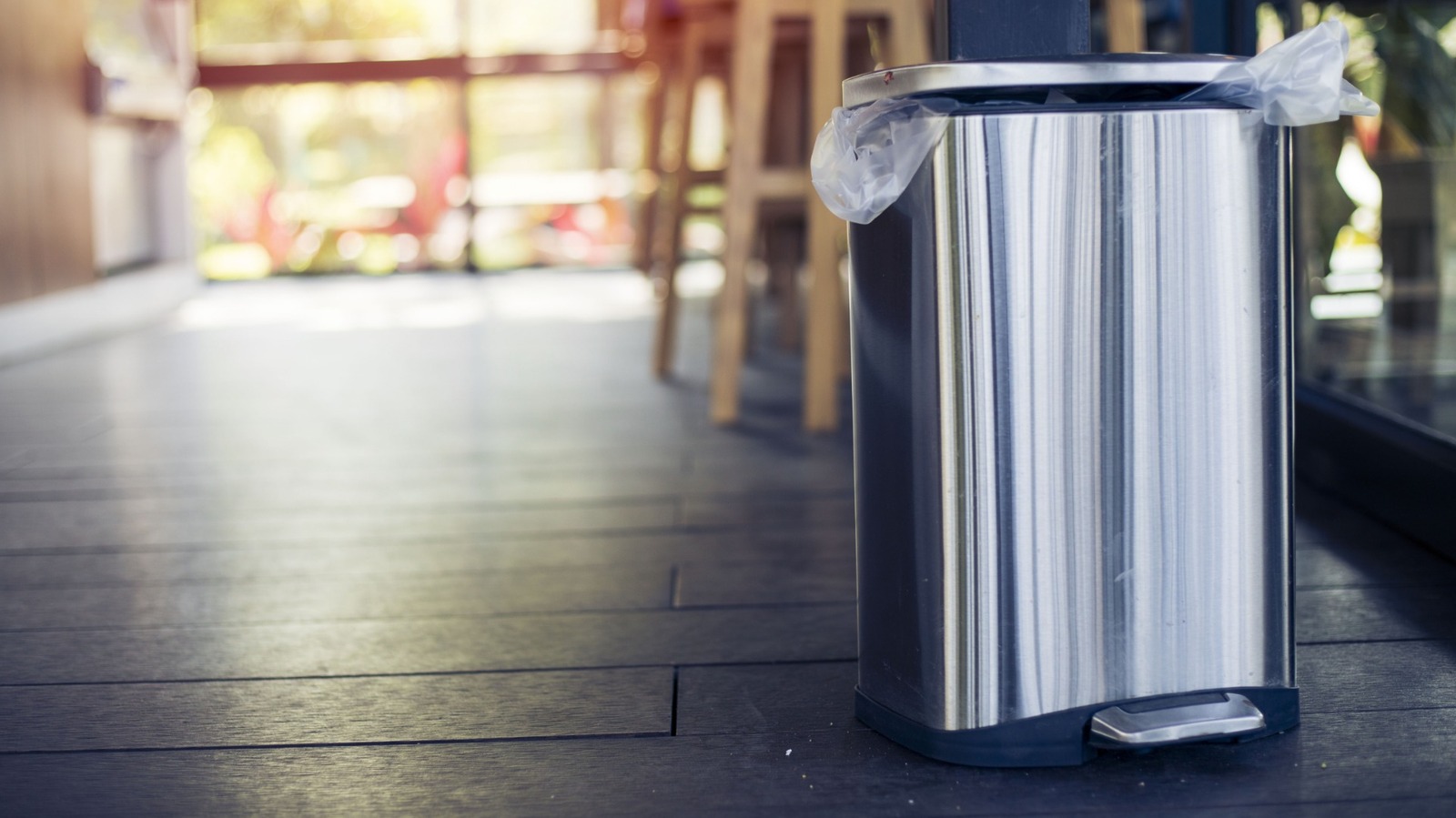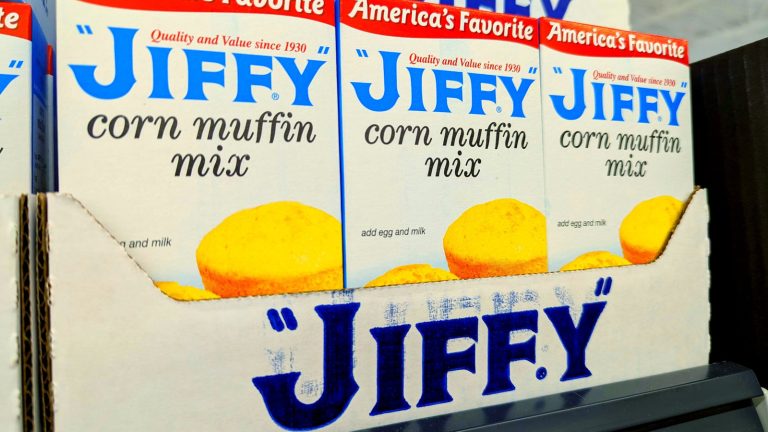We may receive a commission on purchases made from links.
The morning after a big dinner party can be a lot of work. You made your signature one-pan lemon basil chicken recipe, which was a hit, and managed to dispose of and box up the leftovers before you went to bed, leaving only all the dishes to do. When you walk into the kitchen, that’s when you smell it. Not a container of milk left on the counter, not the spill by the sink that’s suspiciously sticky — the black plastic trash can over in the corner. It reeks, even though you just put food in it a few hours ago. If you never want to relive the horrors of this moment again, a stainless steel trash can is a must.
Stainless steel is a preferable option for a kitchen trash can because it won’t hang on to odors and is overall more durable than those made of plastic. It’s a non-porous material that’s often preferred not only in medical facilities but also in food processing and kitchen environments. Just think about all of those stainless steel appliances and the fully clad cookware that you already have in your kitchen. The non-porous nature of the material means your stainless steel trash can is less likely to harbor the microscopic bacteria and molds that cause it to smell. It can be an expensive investment, but it’s worth it to place your bets on a stainless steel trash can if only for its hygienic properties alone, not to mention the sleek aesthetic of it.
Plastic trash cans trap odors and bacteria
The smell might take a day or two to permeate the kitchen, or it might happen just hours later, but the bottom line is that organic materials will eventually start to stink. That odor prickling the inside of your nostrils comes from teeny, tiny microorganisms feasting on the materials until they’re broken down into even smaller molecules that cause your kitchen to have a funk. Beyond just an unpleasant stench, trash cans can hide dangerous bacteria such as E. coli, listeria, salmonella, or even Staphylococcus aureus. This could lead to food poisoning or other serious infections if not handled properly, which is more likely to happen with a plastic trash can than a stainless steel one.
Plastic can be a fairly porous material, which is what allows it to grab onto those nasty bacteria that cause it to smell. The odors can often stick around in plastic trash cans even after intensive cleaning, although giving it a good clean can help extend its life. If tiny cracks or fissures appear on a plastic trash can, those odors are even more difficult to eliminate. Not even the beloved Costco Kirkland Signature Flex-Tech Kitchen Trash Bags can help at that point. If you want a clean-smelling kitchen free from remnants of last night’s dinner, it’s time to bite the proverbial bullet and find yourself a stainless steel trash can. This 13.2-gallon rectangular one from Amazon might be just the ticket.






